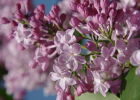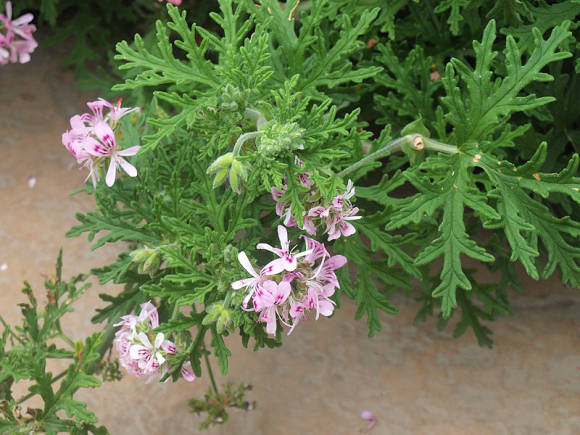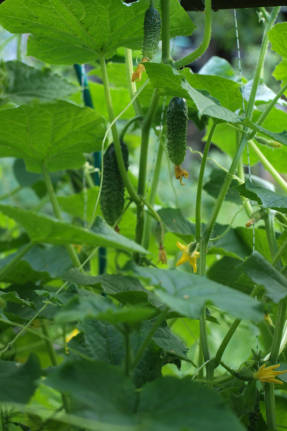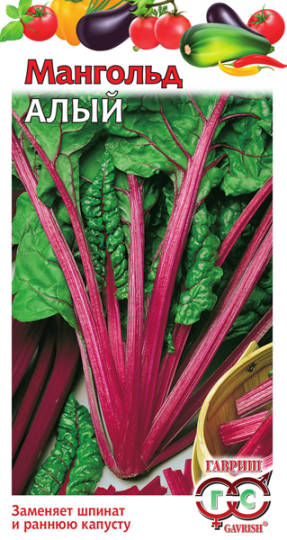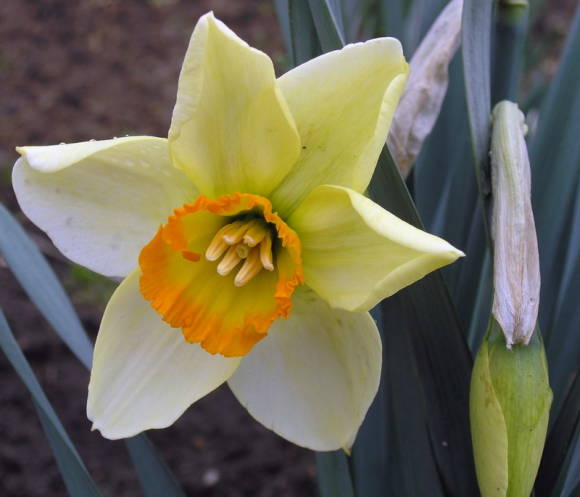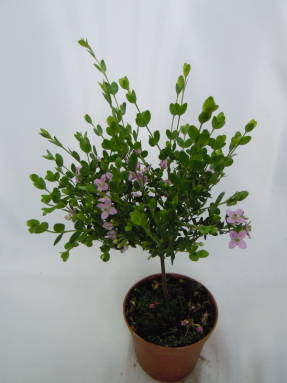
Boronia is a genus of small evergreen shrubs that are endemic to Australia. They delight not only with their flowering, but also with a pleasant aroma of flowers and leaves. On sale, more often than other species, you can find small-town boronia (Boronia crenulata), formed in the form of a miniature standard tree, abundantly covered with simple oval leaves and small pink, with four wide-open petals, star-shaped flowers. Or harrow varifolia(Boronia heterophylla) is a dense shrub about 40-50 cm high with long feathery fragrant leaves and individual small pink bell-shaped flowers.
Undoubtedly, these are very attractive plants, it is not easy to resist buying them. But when acquiring a harrow, one must be prepared for difficulties. They cannot be recommended for beginners, these plants are for experienced florists who are not afraid of difficulties.
Boronii are considered short-lived shrubs, usually it is not possible to keep them for more than 1-2 years, even trying to create the most comfortable conditions for them. The plant can die quickly and for no apparent reason. The average lifespan of harrows is considered to be 4-5 years. Difficulties in care are associated with their origin - Australian soils are poor, so the plants are very sensitive to excess calcium and phosphorus in the soil. Boronias are also highly susceptible to root disease - phytophthora.
Lighting. Choose a well-lit area for the harrow or the shade of other large plants. She can withstand full sunlight on an open balcony in summer, but prefers partial sunlight, no more than a few hours per day of direct exposure. The harrow should be protected from the summer midday sun, especially on windows, where through the glass it can burn and dehydrate the leaves.

Temperature. In summer, it is optimal to keep the boron at a temperature of + 18 ... + 25 ° C. Be sure to protect the pot from overheating, which contributes to the emergence of root phytophthora. And in winter, give this subtropical plant a bright and cool place with a temperature of about + 12 ° C for rest. In summer, you can take the plant out into the open air, placing it in the light shade of other plants in a place protected from strong, especially dry, winds. Spray the plant frequently during hot weather to help cope with the heat. Humidify the air at temperatures above + 18 ° C, especially when the batteries are on, and in winter, in coolness, cancel all spraying.
Soil and transplants. Boronia prefers light, slightly acidic soil (pH 5.5-6.5). It is very susceptible to late blight of roots, is afraid of any stagnation of water in the pot, therefore, good drainage throughout the pot will be an important requirement. At the same time, it is important for the harrow that the soil is water-absorbing. Add about ¼ the volume of perlite to the ready-made universal peat substrate, you can add sphagnum moss to it to increase moisture capacity, as well as leaf humus. After purchasing, carefully transfer the plant after 2-4 weeks into a slightly larger pot. Carry out the next transshipment in 1-2 years, when the roots will master the previous volume well.
Read more in the article Transplanting indoor plants.
Watering. Boronia requires constantly evenly moist soil without overdrying and stagnant water. Water regularly as soon as the topsoil dries out, making sure to drain any excess water from the pan. Particular care should be taken in hot weather, when waterlogging can lead to root disease.
Read more in the article Watering rules for indoor plants.
Top dressing. Boronia, as a native of Australia, has strict requirements for feeding. It is adapted to poor soils, does not require large doses of fertilizers, and when large amounts of nutrients are applied, it can die.It is especially sensitive to an excess of calcium and phosphorus; therefore, fertilizers for flowering plants are not suitable for boron. For fertilizing from spring to autumn, you can use fertilizer for conifers. In winter, the harrow is not fed.
Read more in the article Top dressing of indoor plants.
Trimming and shaping. Boronia is not fast growing and always remains a small plant. However, at home, its branches are usually stretched out and require pruning. Plant shaping is best done immediately after flowering. Try to root cut shoots.

Reproduction. Growing a harrow from seeds is difficult. This is due to the very poor germination of seeds at home. From above, the seeds are covered with a hard shell and probably contain inhibitors that ensure their germination in nature under favorable conditions, often after fires. Experiments have shown that keeping seeds in running water for 2 weeks helps to wash out the inhibitor (but soaking in standing water leads to decay). Smoke and “smoked water” treatments were also positive. However, these methods are laborious and unreliable, therefore, even in horticultural centers, vegetative propagation is used by rooting cuttings. This method ensures the safety of varietal traits. Many types of harrow propagate well by cuttings, while others may be less successful in rooting. A ripe shoot of the current season about 7-10 cm long is taken for cuttings. Rooting takes place in a greenhouse with the use of root formation stimulants.
Read more in the article Cutting indoor plants at home.
Pests. Boronia is susceptible to attack by mealybugs, aphids, spider mites.
Read more in the article Houseplant pests and control measures.
Diseases. The main problem with keeping boronies is their susceptibility to root diseases caused by fungi of the Phytophthora genus, the death of plants is fleeting. Favorable conditions for late blight develop in hot weather, when the roots overheat, combined with stagnation of water in the ground. The affected roots become dark in color. In the early stages, the disease manifests itself in wilting, yellowing and drying of the leaves that remain on the branches. These signs are often mistaken for drought symptoms and moisturize the plant even more.
Water the plant without excess, focus on the condition of the soil. Protect the pot from overheating. Late blight is an infectious disease, there are no effective remedies for its treatment, phosphite-based fungicides are used for prophylaxis, spraying plant leaves with them. The substance introduced in this way reaches the roots of plants, preventing the development of the disease, and stimulates the production of their own immune substances in plants. In the event of the death of the plant, the soil is always thrown away.
